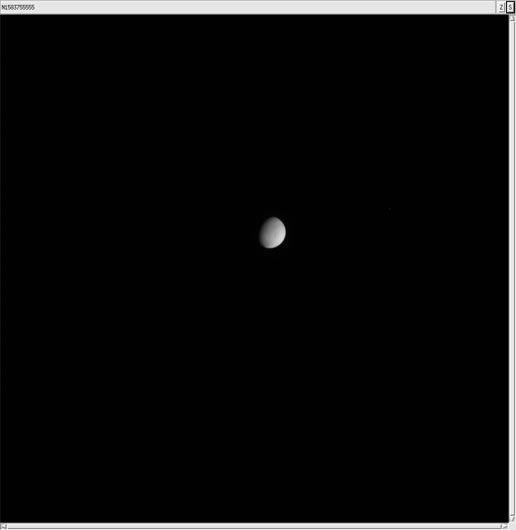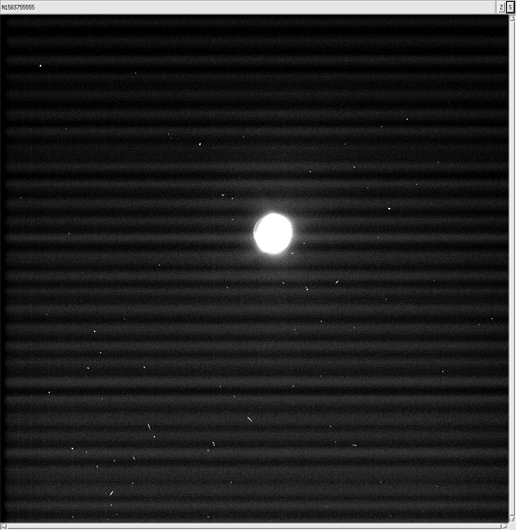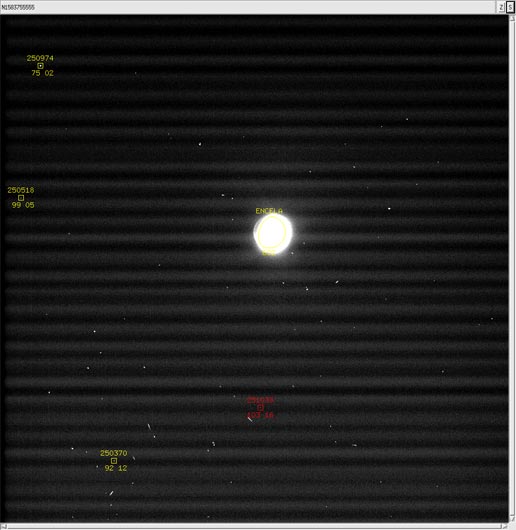 Todd Barber, Cassini Lead Propulsion Engineer (bio)
Todd Barber, Cassini Lead Propulsion Engineer (bio)
Hello again from the other side of Enceladus! I’m happy to report that the engineering teams are very pleased this morning with this historic Enceladus flyby. I attended a 9 am weekly meeting regarding engineering subsystem status, and all engineers reported a very nice flyby. The team includes attitude control, command and data subsystem, power, propulsion, thermal, fault protection, and telecommunications engineers. Our telecom guy brought in some nice pastries from his favorite European bakery to help celebrate another successful Cassini encounter. Just before the meeting, I did manage to find five minutes to look at the latest Enceladus images from the flyby–they’re breathtaking! Makes all of the hard work seem more than worthwhile.
We’d love to celebrate this engineering success, but as I mentioned in a prior blog, the show must go on. We did open the main-engine cover successfully last night, which is vital for today’s main-engine maneuver. Around 5:30 pm PDT, as seen on the third rock from the sun, Cassini will fire its main engine for about seventeen seconds. So, as our science teams digest a treasure trove of new data, the engineering teams are looking forward to a thrilling Titan low-altitude flyby in a few weeks. This friendly give-and-take between science and engineering isn’t always easy, but it’s truly wonderful how the teams support each other and pull off things that seem impossible. I’m honored to be a part of this world-class team, and I thank you for your continued support of Cassini!
Todd


 John Spencer, Cassini Scientist on the Composite Infrared Spectrometer
John Spencer, Cassini Scientist on the Composite Infrared Spectrometer  Carolina Martinez, JPL News Team
Carolina Martinez, JPL News Team Carolina Martinez, JPL News Team
Carolina Martinez, JPL News Team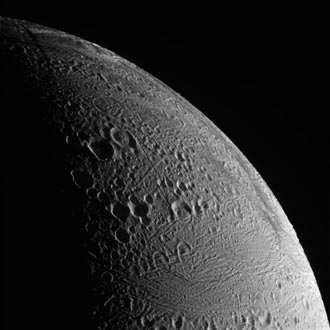
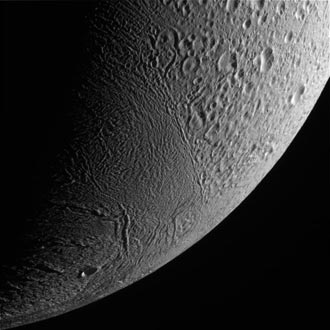

 Linda Spilker, Cassini Deputy Project Scientist
Linda Spilker, Cassini Deputy Project Scientist 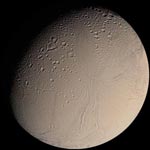
 Carolina Martinez, JPL News Team
Carolina Martinez, JPL News Team Todd Barber, Cassini Lead Propulsion Engineer
Todd Barber, Cassini Lead Propulsion Engineer John Spencer, Cassini Scientist on the Composite Infrared Spectrometer (
John Spencer, Cassini Scientist on the Composite Infrared Spectrometer (

